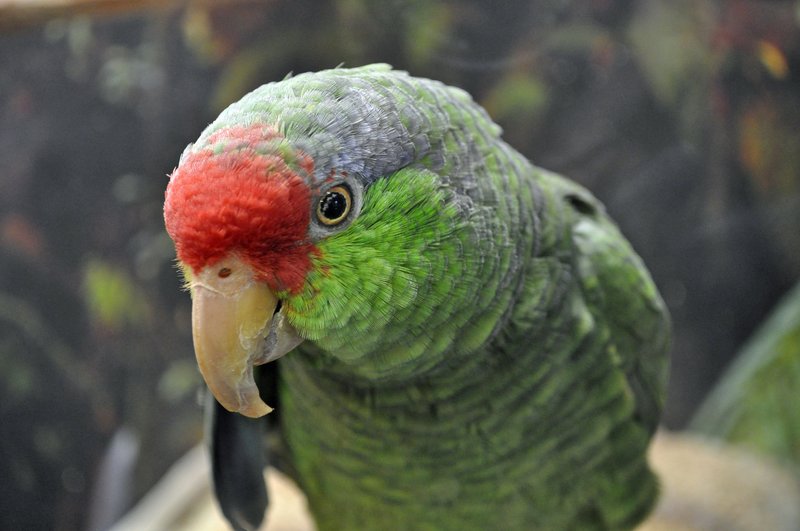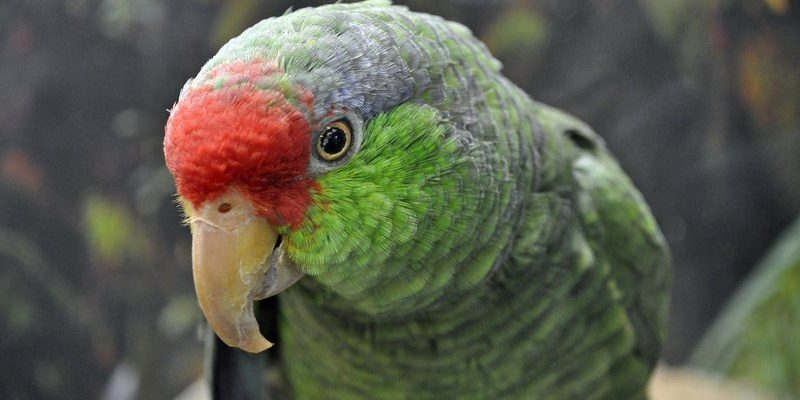
Just like recognizing a familiar friend in a crowd takes attention to detail, spotting parrots in their natural environment involves a keen eye and an open mind. Whether you’re a seasoned birdwatcher or just curious about the feathered wonders, let’s dive into the fun world of identifying parrots in the wild!
Where Do Parrots Live?
Parrots are primarily found in warmer regions, particularly in Central and South America, Australia, and various Pacific islands. They thrive in tropical forests, savannas, and even urban areas where they can find food and nesting sites. So, when you’re thinking about spotting these beauties, consider the environment.
If you’re planning a birdwatching trip, research areas known for their parrot populations. National parks, bird reserves, and botanical gardens often provide ideal spots. Keep in mind, not all parrot species will be in the same place, so you might need to check local guides or resources.
Additionally, being mindful of the time of day can make all the difference. Early mornings and late afternoons are often the best times for spotting parrots as they are more active during these cooler parts of the day.
Common Characteristics of Parrots
Let me explain why identifying parrots can be both thrilling and a bit challenging. With over 393 species of parrots around the world, they come in all shapes and sizes, but several common characteristics help.
Color: Most parrots boast bright colors like greens, blues, yellows, and reds. Their dazzling feathers often play a role in attracting mates and warning predators. A good rule of thumb? If it’s bright, it’s probably a parrot!
Beak Shape: Parrots are known for their strong, curved beaks, perfect for cracking nuts and seeds. If you can catch a glimpse of the beak, that’s a strong indicator you’re looking at a parrot.
Feet: Parrots have zygodactyl feet, meaning they have four toes—two pointing forward and two pointing backward. This unique foot structure gives them a great grip on branches and helps them maneuver through trees effortlessly.
Listening for Calls and Sounds
Honestly, one of the easiest ways to identify a parrot is by its distinctive calls. Parrots are known for their loud, often raucous sounds, which can range from squawks to whistles. When you’re walking through a forest, pay attention to the sounds around you.
You might be wondering how to differentiate between species based solely on their calls. Well, each species has unique vocalizations. For example, the lovely little budgerigar (or budgie) has a sweet, chirpy call, while the large macaws have deep, resonating squawks. There are even some parrots, like the African Grey, known for mimicking human speech!
To start honing your listening skills, you can look up recordings of different parrot species before your trip. Familiarizing yourself with their calls can heighten your chances of spotting them in action.
Observing Behavior and Social Dynamics
Parrots are incredibly social creatures. They thrive in flocks, often seen in pairs or groups. This social dynamic is not just fun to watch; it’s a good clue for spotting them. If you see a cluster of birds perched together, there’s a good chance you’ve stumbled upon a group of parrots.
Watching how they interact can also provide hints about their identity. For instance, some species are known to engage in playful behavior, like swinging upside down or playing with branches. Others might be more reserved, sitting quietly on a branch.
If you notice birds engaging in flying antics, you might be lucky enough to see their acrobatic skills on display. Parrots often engage in playful flights, making sharp turns and dips. This playful behavior can lead you to the right spot for identification.
Spotting Different Parrot Species
Now that you have a basic understanding of where to look and what to listen for, let’s take a closer look at some common parrot species you might encounter.
- Macaws: These large, colorful birds are hard to miss. With their long tails and bright feathers, macaws are often found in Central and South America. Their loud calls are a dead giveaway!
- Amazons: Medium-sized and often green, Amazons are known for their playful nature. They can be found in various habitats, often associated with humans due to their adaptability.
- Budgerigars: Often found in Australia, budgies are small and come in various colors. Their friendly nature and chirpy calls make them popular pets, but you can spot them in the wild too!
- Lovebirds: As the name suggests, these small parrots are known for their affectionate behavior. They travel in pairs and can often be spotted in African savannas.
Remember, each of these species has unique characteristics that set them apart—not only in appearance but also in vocalization and behavior.
Tips for Successful Birdwatching
When you’re out in the wild looking for parrots, a few tips can make your experience more enjoyable and productive.
1. Be Patient: Birdwatching requires a lot of patience. You might not spot a parrot right away, and that’s okay! Enjoy the other sights and sounds around you.
2. Bring Binoculars: A good pair of binoculars can help you get a better look without disturbing the birds. You’ll feel like you’re right there with them!
3. Stay Quiet: Parrots can be skittish, so keep noise to a minimum. This will allow you to observe their natural behaviors without scaring them away.
4. Use Field Guides: Consider bringing a field guide or using a bird identification app on your phone. This can help you understand the different species and their calls.
5. Join a Group: If you’re new to birdwatching, consider joining a local birdwatching group. They can provide valuable tips and insights, plus it’s a great way to meet fellow bird enthusiasts!
Why It Matters to Identify Parrots
You might be wondering, why should we bother identifying parrots in the wild? Well, understanding these species can help us appreciate biodiversity and conservation. Many parrot species are threatened due to habitat loss and the illegal pet trade. By learning to identify them, you become more aware of their needs and the importance of preserving their habitats.
Plus, watching these incredible birds can enrich your connection with nature. There’s something truly magical about spotting a vivid green parrot flitting from tree to tree, living its life in the wild. It connects you to the health of ecosystems and encourages a sense of responsibility towards our environment.
In conclusion, identifying parrots in the wild is a rewarding adventure that combines patience, observation, and knowledge. With a little practice and the right approach, you’ll find yourself immersed in the beautiful world of these feathered friends. Happy birdwatching!

